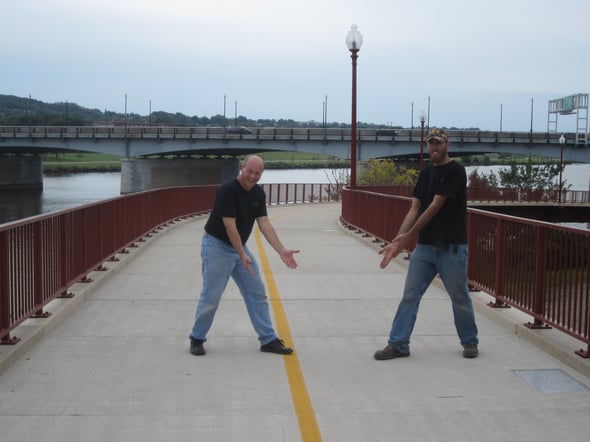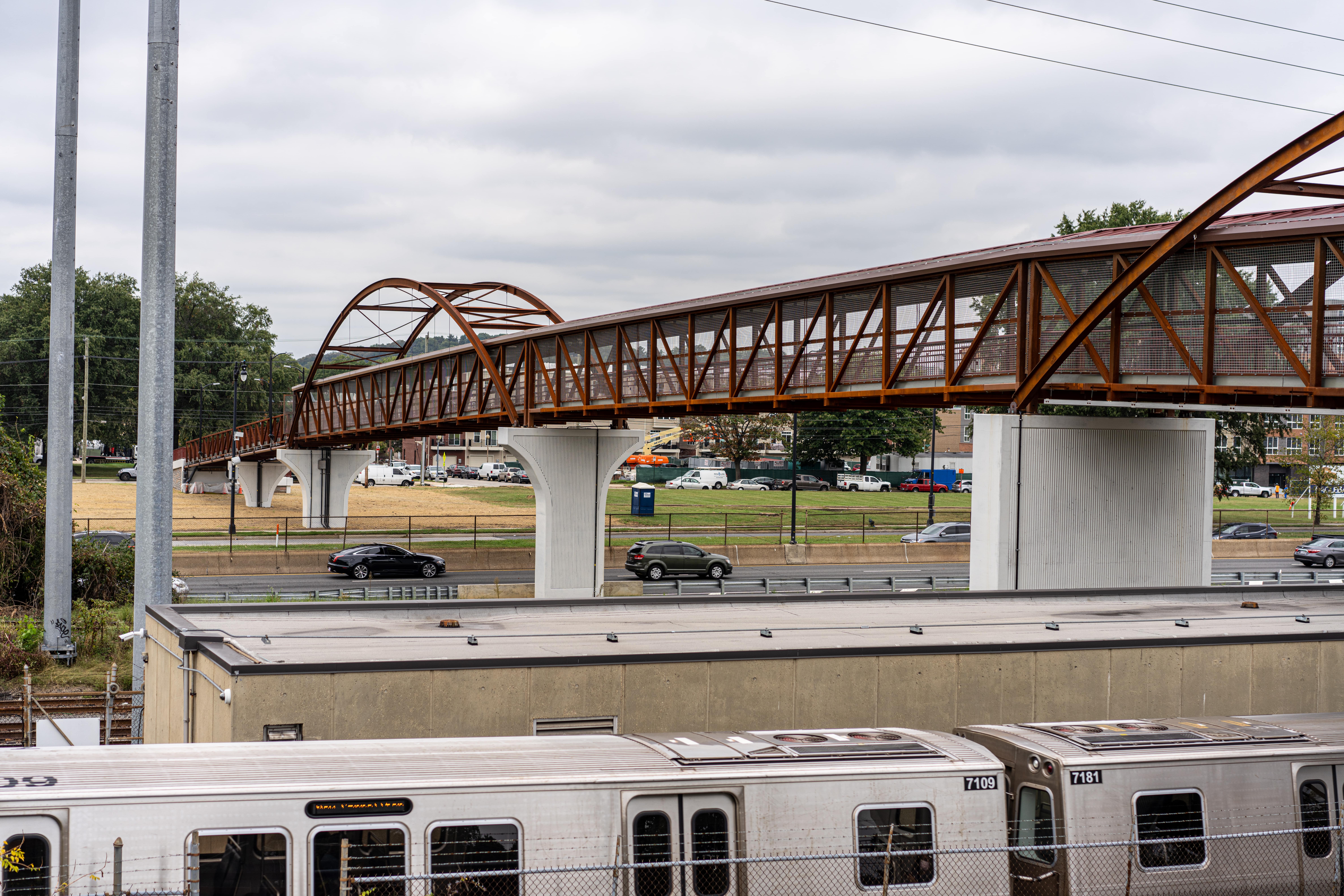 In my business I talk a lot about selecting the right surface for people to walk and run on. And not because my favorite sport, American football, is so dependent on the playing surface, whether it’s grass, ice, mud or artificial turf. But because of the ever-increasing number of individuals that use outdoor trails and paths. Finding the right surface is also the question I get asked most often when I talk with owners and engineers who are striving to deliver the best bridges possible for connecting trails, parks, commuter paths and transit stations.
In my business I talk a lot about selecting the right surface for people to walk and run on. And not because my favorite sport, American football, is so dependent on the playing surface, whether it’s grass, ice, mud or artificial turf. But because of the ever-increasing number of individuals that use outdoor trails and paths. Finding the right surface is also the question I get asked most often when I talk with owners and engineers who are striving to deliver the best bridges possible for connecting trails, parks, commuter paths and transit stations.
So let’s get down to the nitty-gritty of how to pick the right surface for the job at hand. In this case, I am defining “right” as a surface that is safe for users, aesthetically pleasing and has long term durability to optimize value for bridge owners.
Low Traffic Trails And Park Bridges- Epoxy grit surfaces are sufficient for weekend traffic comprised of walkers and bicyclists
- Most economical option
- Texture and friction can be adjusted during the application process
- A range of colors is available from a large number of commercial suppliers
- PUMA is the right choice for bridges and rail platforms that experience heavy traffic
- A superior non-slip performance is complemented by a grit size [surface roughness similar to asphalt] that is user friendly for kids who may fall when riding or running
- Quartz aggregate is the baseline with a rating of 7 on the Rohr hardness scale with diamond being a 10
- Quartz comes in a wide range of colors that can be used to accent or showcase a special structure
- Colors can be alternated to create a pattern, blend with natural surroundings or minimize the appearance of surface dirt or rust
- Gray can be used to resemble concrete
- Aluminum oxide aggregate is recommended for bridges or platforms subjected to steel snow plow blades
- Aluminum oxide is rated a 9 on the hardness scale and wins the battle against steel plow blades
- Aluminum oxide is available in smaller grit sizes for surfaces that need to remain kid friendly
- Only available in black or white, a 25/75 black/white blend is preferable. The mix of black and white appears gray from a distance, makes dirt less noticeable and doesn’t retain heat like an all-black or asphalt surface
- Roadway bridge decks require an aluminum oxide surface for durability
- Larger grit sizes provide a higher friction, safer surface during heavy rains
Depending on your application, there are a lot of overlay products to choose from. But years of testing and experience have eliminated the guesswork, making it easy for bridge owners to match their surface requirements with the option that is safest and most durable.
